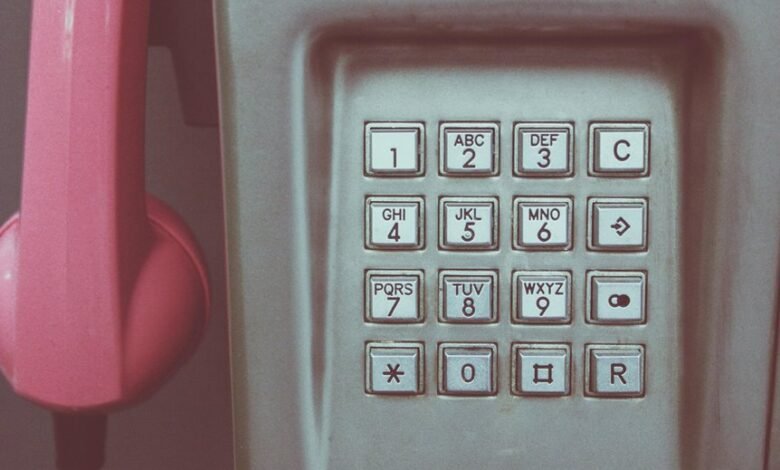Recent Caller Records: 2342311874, 2392371882, 2402243841, 2405586642, 2406162255, 2406183584

Recent caller records reveal a concerning pattern among the numbers 2342311874, 2392371882, 2402243841, 2405586642, 2406162255, and 2406183584. These entries suggest an increase in potential spam and scam communications. As users become more discerning, a reliance on caller identification systems grows. Understanding the implications of these numbers is crucial. What insights can be drawn from these trends? The answer may reveal critical strategies for safeguarding personal privacy.
Overview of Recent Caller Numbers
Recent caller numbers indicate notable trends in communication patterns, reflecting shifts in user behavior across various demographics.
Analysis reveals that advanced caller identification techniques have become increasingly vital in understanding recent call trends. Users are increasingly employing these methods to discern legitimate calls from unwanted communications, highlighting a growing demand for transparency and user autonomy in the evolving landscape of telecommunications.
Identifying Spam and Scam Calls
As user behavior shifts towards greater vigilance regarding incoming calls, identifying spam and scam calls has emerged as a critical focus for both consumers and telecommunications providers.
Effective spam detection methods, including caller ID analysis and user-reported data, play a vital role in mitigating scam call consequences.
Enhanced technology and consumer awareness collectively contribute to a more secure communication landscape, empowering individuals against deceptive practices.
Tips for Protecting Your Privacy
While the rise of digital communication has enhanced connectivity, it has simultaneously exposed individuals to significant privacy risks.
To safeguard personal information, users should regularly review and adjust their privacy settings across devices and applications.
Additionally, utilizing caller ID can help identify incoming calls, reducing the likelihood of engaging with unknown or potentially harmful sources.
Awareness and proactive measures are essential for maintaining privacy in today’s digital landscape.
Conclusion
As the prevalence of spam and scam calls rises, the scrutiny of numbers such as 2342311874 and 2405586642 coincides with advancements in caller ID technology. This convergence not only enhances user awareness but also fosters a culture of vigilance among consumers. By leveraging user-reported data, individuals can discern legitimate communications from potential threats, illustrating the critical role of technology in safeguarding personal privacy. The ongoing evolution in call identification reflects a collective effort towards a more secure communication landscape.





